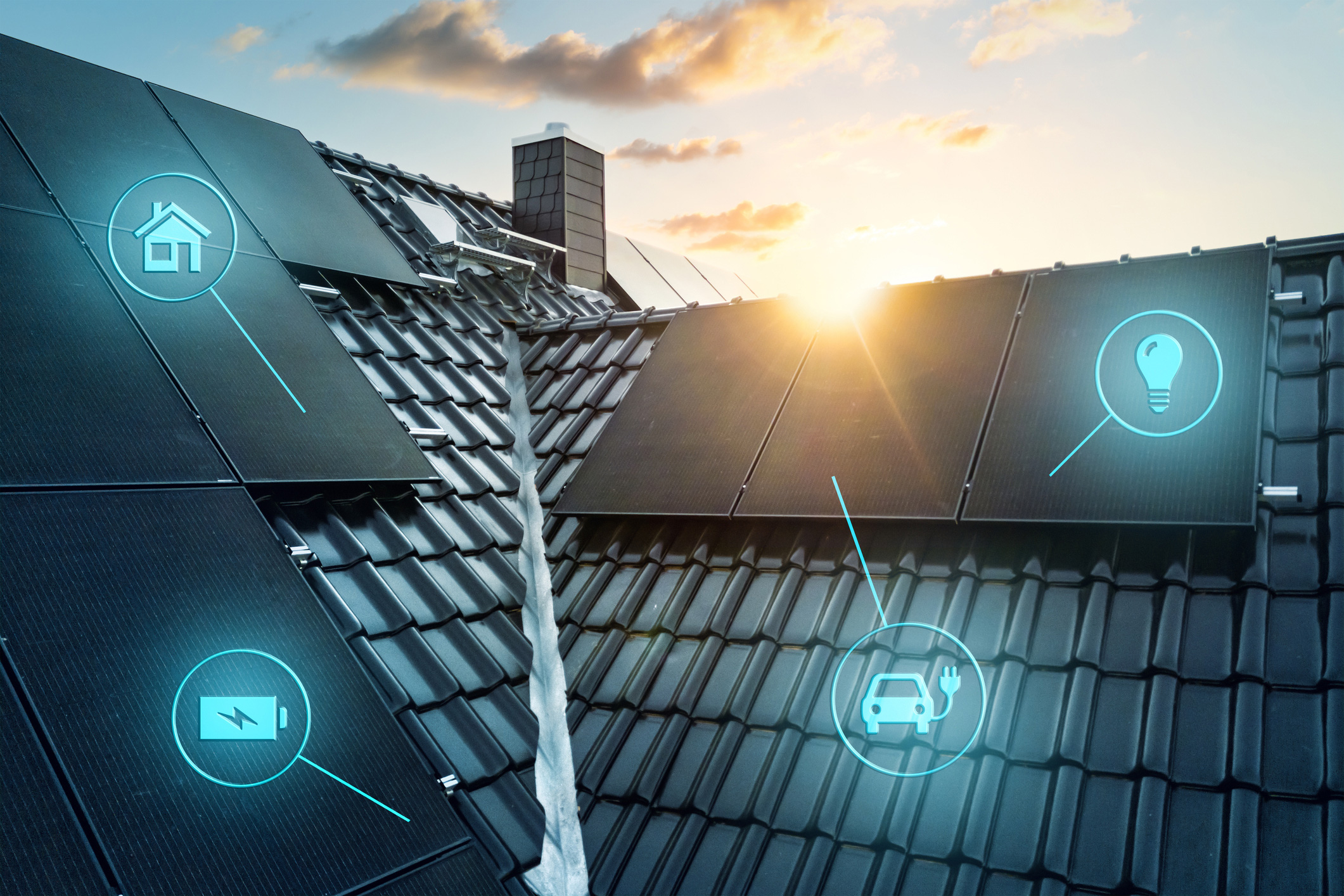Proactive Steps Are Key To Success.
We get asked this a lot: how can I prevent ice dams? To answer that, we need to first understand what ice dams are and how they are formed. Ice dams are barriers to water runoff on the roof. They usually form at the roof edge, just above the gutter, in cold, snowy climates. They form when snow melts on warmer areas of the roof, due in large part to inadequate ventilation, inadequate insulation, and inadequate sealing from conditioned spaces below.
It’s important to note that most, but not 100%, of ice dam problems are caused by internal heat loss. Some is caused by snow melt that occurs when ambient temperature changes. Melting throughout the day followed by freezing after the sun sets causes the snow melt water on the roof to freeze. These ambient temperature forces act independently of efforts made to reduce or eliminate heat loss from the structure.
For the vast majority of ice dam issues, however, the solution is to provide adequate and balanced attic ventilation, properly insulate the attic, and ensure that the ceiling below the attic is sealed (Marco ventilation solutions are integral to proper attic ventilation). You can also consider installing an ice and water shield or putting in heat cables. Keeping up with gutter maintenance and conducting regular roof inspections are also helpful.
It’s important to combat ice dams as they pose both structural and safety risks to roofs and the overall integrity of a building. The trapped water behind the dam can seep under shingles or roofing materials, causing damage to the roof’s structure and potentially leading to leaks inside the building. Gutter damage and roof material damage can also be an issue, which may reduce the lifespan of the roof and require premature repairs or replacement. Moisture trapped behind an ice dam also provides an ideal environment for mold and mildew growth. Mold and mildew can pose health risks to occupants and further damage building materials.
These are just some of the negative consequences of an ice dam problem, and they are a key reason many property owners opt for the temporary fix of simply removing the ice dams as they occur. Unfortunately, manual methods of ice removal are dependent on shovels and picks, which cause significant damage to the roof most of the time. This damage is often not noticed immediately. Only after leaks begin to occur does the owner realize that the temporary fix was a costly mistake.
Instead of reacting to ice dams with manual removal, preventing them by addressing the underlying causes that contribute to their formation (primarily the imbalance of heat in the attic and the lack of proper roof ventilation) is the most effective strategy. By addressing these factors, you can significantly reduce the risk of ice dam formation and the associated damage to your roof.
On a related note, you can also help protect the roof and safeguard people below from shifting ice and snow with Marco’s YetiGuard™ polycarbonate snow guard. YetiGuard eliminates the movement of snow and ice for safer roof loads and walkways down below. It uses the highest-quality polycarbonate for optimal strength and reinforced struts for additional holding power. When installed according to the manufacturer’s recommended layout, YetiGuards are warrantied for life.
For more information on Marco or any of our roofing solutions, visit www.MarcoIndustries.com. To contact us directly, email here or call 1-800-800-8590.



